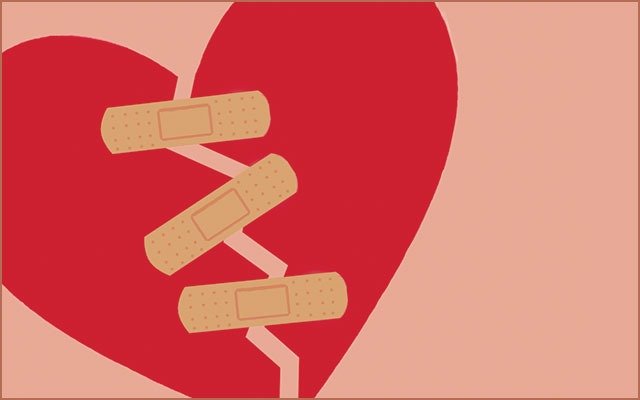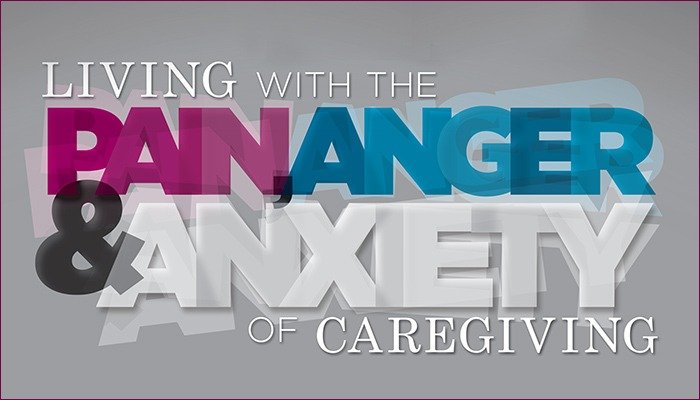Preventing and Recovering from … Overdoing It!

It’s easy to do. You attend a friend’s wedding, visit your sister or simply play with your grandchildren. You’re having a good time but the next thing you know your body is telling you that you’re overdoing it. When you live with chronic pain, you may push yourself on a “good” day and later pay the price. So, what can you do to plan for, avoid, and recover from overdoing it? We reached out to Paul Gileno the founder and president of U.S. Pain Foundation and here’s what he had to say:
Does overdoing it cause harm?
Overdoing it can cause harm if you go beyond your limitations. The idea is to know your limitations so as not to overdo and worsen your pain. Even when we have good days and feel like we can get a lot done, it does not necessarily mean we should.
What should you do if you overdo it?
Even as founder of U.S. Pain and even though I preach that we should not overdo it, I still do. It is very hard not to when you’re feeling okay. When I overdo it, I try to acknowledge that I have, and I take as much time as I need to heal. Also, I’m not hard on myself for overdoing it.
How can people living with pain prepare for a big weekend or event where there is a risk of overdoing it?
My advice is to plan ahead. Prepare for the weekend or event by giving yourself extra time, figuring out times to rest and trying to be aware of your body. Get extra rest. We know our bodies best so do what you can when you can and enjoy the moment but try to be mindful of your situation.
How do you explain to family and friends when an activity or request is too much?
When I feel an activity or a request is too much and will cause my pain to become worse, I try to ask questions such as, “do we have other options?” or “is there a way I can be involved with my limitations?” It can be hard to explain to others that it may be too much, but we have to put ourselves first.
How can you avoid overdoing it in your everyday life?
Instead of a burst of activity on a good day followed by several days of increased pain and immobility, consistent moderate activity is a better approach. Even though it’s tempting to try to get everything done on a good day, it’s often followed by two to three days of getting nothing done at all. A prudent and effective pattern to follow is to do approximately the same amount of physical activity each day. On “bad” pain days, you will have to push yourself, while on “good” days you will have to hold yourself back. By doing a little each day, you will get the same amount done as when you do a burst on Monday and nothing on Tuesday and Wednesday but without misery on Tuesday and Wednesday.
How else can you pace yourself and prevent overdoing it?
Take frequent breaks. Every twenty minutes or so, change positions, change activity, or just rest. It may take you longer to do what you used to do, but it’s important to learn to pace yourself.
Schedule a rest period mid-morning and mid-afternoon. A half-hour is usually effective, but some people take an hour or longer. If you have to nap, go ahead. But many people find that just relaxing, listening to music, taking a bath, daydreaming or meditating is effective in extending their ability to function throughout the day. If you keep an activity log, look for natural breaks where you can insert rest periods. If you think there is no time to rest, you are likely trying to accomplish too much.
Make conscious transitions between tasks. For example, if you are cooking dinner, take a few seconds to breathe and stretch between peeling the potatoes and molding the meat loaf. This quick break allows you to release muscle tension and adjust your posture as well as tune into your physical effort in order to maintain a steady, easy pace.
Exercise regularly. Don’t deprive your whole body of exercise and fitness because part of you is in pain. Yoga is excellent for people with pain because it increases flexibility and strength while focusing on breathing to support movement. Walking and swimming are also good activities to keep the whole body healthy.
Here’s one bloggers story about overdoing it and trying hard to slow down.
If you set realistic goals, learn to pace yourself, maintain a moderate level of daily activity and engage in enjoyable activities, you might be surprised at how much can do without overdoing it. And if you overdo it from occasionally, take the time you need to rest and to heal.
What do you do to prevent overdoing it? If you do overdo it, what helps you recover? Please comment below.
PainPathways Magazine
PainPathways is the first, only and ultimate pain magazine. First published in spring 2008, PainPathways is the culmination of the vision of Richard L. Rauck, MD, to provide a shared resource for people living with and caring for others in pain. This quarterly resource not only provides in-depth information on current treatments, therapies and research studies but also connects people who live with pain, both personally and professionally.
View All By PainPathways






